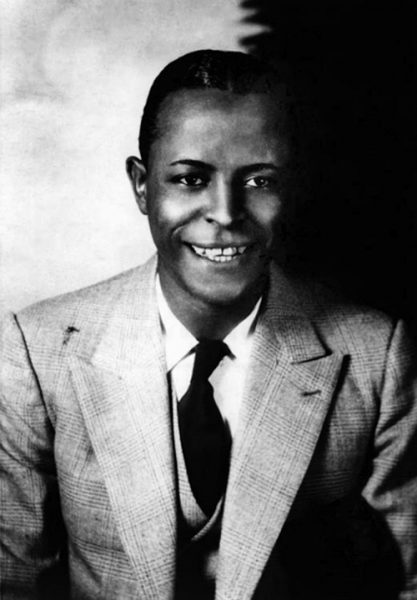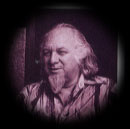

Club owners were always hiring jazz musicians to lure patrons into their businesses. Swing Dancing was the premier social activity. Illegal gambling and the anti-prohibition stance of the city’s (and state’s!) politicians made Kansas City one of the premier tourist destinations of this era. The reasons for this migration of musicians were: Musicians from the Midwest and South pursued work with many of the big bands that resided in or toured Kansas City. Additional Worrall materials on Kansas Memory may be viewed by searching Henry Worrall.The jazz scene in Kansas City between 1918-1938 was incredible. See the Henry Worrall collection for more information on these materials. Worrall, wife of Anton Worrall of Kansas City, MO, and grandson to Henry and Mary Worrall, donated the collection to the Kansas Historical Society on October 31, 1968. Topeka." The children of Henry and Mary presented the material to their children in turn. A note on several of the items reads "Presented by mama the 9 of March 1903, 715 Polk St. Mary subsequently presented this material to her children. Worrall, 807 Kansas Ave., Topeka, Kas." These materials passed to Henry's wife, Mary Elizabeth Harvey Worrall, at the time of his death in 1902.

Some manuscripts bear a stamp that reads "H.

Henry Worrall’s quite unintentional influence on southern rural music of the early 20th century is evident in the music of a variety of performers from Sam McGee’s “Drummer Boy” and Mississippi John Hurt’s “Spanish Fandango,” to Elizabeth Cotton’s “Sebastopol” and John Renbourn’s “Sebastopol Revisited.”Īll of the materials in this collection derive from Henry Worrall's personal music collection. Among southern rural guitarists of the 1920s, the titles of Worrall’s most popular tunes became synonymous with favored open tunings, “Vastopol” (Sebastopol) for D Major and “Spanish” (Spanish Fandango) for G Major. Southern musicians borrowed tunings, picking styles, and chord changes from the parlor pieces for use in the development of nascent country and blues music. While the rest of the country had mostly forgotten about the parlor music after the introduction of Ragtime (1890s) and Jazz (1920s), white and black musicians of the rural South continued to play the parlor pieces and adapt them to their own regional styles.
KANSAS CITY JAZZ HENRY STONE MANUALS
Peters and Sons, where Worrall published his most famous works “Sebastopol” and “Spanish Fandango.” These tunes became quite popular and were included as standard pieces in guitar instruction manuals from the 1850s through the 1920s. During the 1850s, Worrall shared the same publisher as Stephen Foster, the Cincinnati music publisher W. For more on this topic, see Robert Taft’s 1946 article on Worrall in the Kansas Historical Quarterly.īut Worrall was much more than a visual artist, he was also an accomplished musician who composed and arranged popular music for solo acoustic guitar. His artistic creations would capture some of the most iconic imagery of early life in Kansas and the American West. In Kansas, Worrall became a prolific and renowned illustrator and decorator. When Henry and Mary Worrall moved to Topeka, Kansas, from Cincinati, Ohio, in 1867, Henry was already a noted artist. But in 2006, researchers and archivists here at the Kansas Historical Society uncovered the importance of a relatively unknown manuscript collection donated to the Historical Society in 1968 by the family of Kansas artist Henry Worrall. Kansas seems an unlikely place to discover a link between the refined parlor music of the 19th century and the country and blues guitar styles of the rural South in the early 20th.


 0 kommentar(er)
0 kommentar(er)
